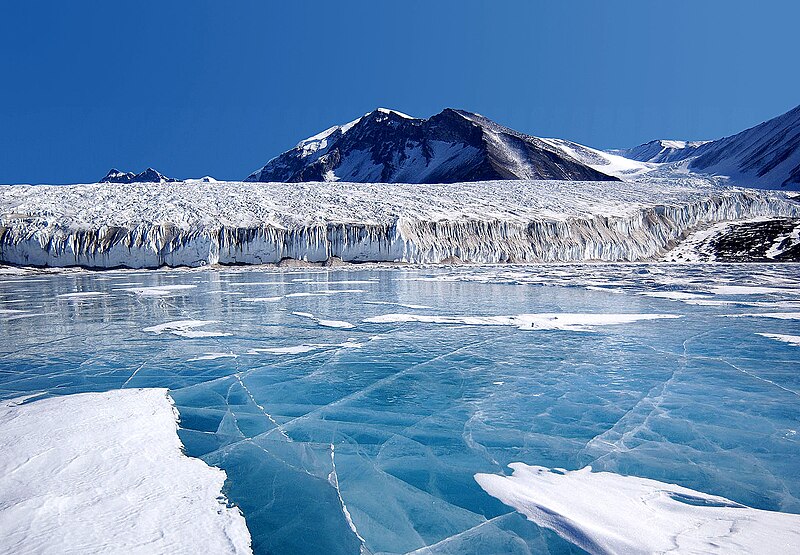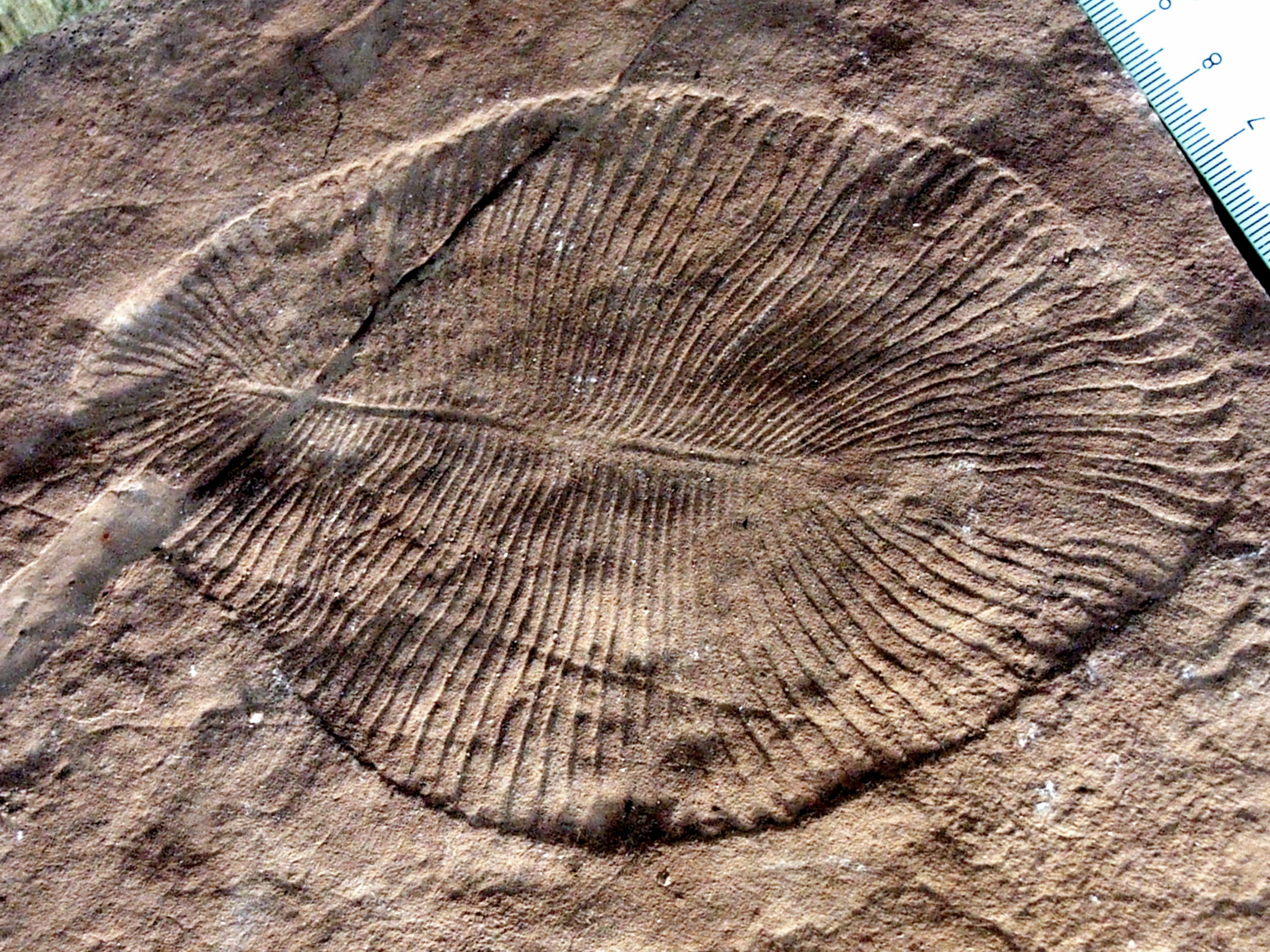

| Visitors Now: | |
| Total Visits: | |
| Total Stories: |

| Story Views | |
| Now: | |
| Last Hour: | |
| Last 24 Hours: | |
| Total: | |
Escaping Snowball Earth, A Mystery
Volcanoes may have had a role in replenishing CO2, possibly ending the global ice age that was the Snowball Earth during the Cryogenian Period.

The Snowball Earth theory, made popular in the 1990s, posits that at least once in Earth’s history, its surface has been entirely or nearly entirely covered in ice. Although the hypothesis explains sedimentary glacial deposits at tropical paleolatitudes, it has been difficult to accurately model what might have happened, and how the Earth would have recovered.
These questions are currently being discussed at a meeting at the Geological Society of London (19 – 21ndSeptember), featuring geologists and climate scientists reconstructing the Neoproterozoic Era, and the evolution, glaciation and oxygenation which occurred. The Neoproterozoic, about 1000 – 542 million years ago, is the last Era of the enigmatic ‘Precambrian’, a time period which has been notoriously difficult to reconstruct.
On Friday 21st September, Ray Pierrehumbert, Louis Block Professor in Geophysical Sciences at the University of Chicago will give a talk entitled ‘Deglaciation of a Neoproterozoic Snowball Earth – no longer a problem?’ Professor Pierrehumbert will discuss recent results of a study which attempts to reconstruct how Snowball Earth could have deglaciated.

Whilst the theory suggests there must have been an extreme build up of CO2, resulting in super-greenhouse conditions to end the glaciation, this has been difficult to reconstruct because the CO2 requirements appeared to be too high. But adding in clouds and dust to the model suggests it may have been easier for the snowball to ‘melt’ than has previously been thought.
‘The project reveals that a wide variety of physically based cloud parameterizations in fact yield thick enough clouds in snowball conditions to produce up to 12C of warming’ says Professor Pierrehumbert. ‘The results suggest a distinct possibility that cloud effects can bring the Neoproterozoic Earth to the brink of deglaciation at CO2 concentrations of 10%, allowing dust concentration to definitively push the planet over the brink.
‘In fact, the possibility exists now that…it may have become so easy to deglaciate that it is hard to account for long durations.’
Professor Pierrehumbert is speaking as part of ‘The Neoproterozoic Era: Evolution, Glaciation and Oxygenation’ at the Geological Society, a meeting which builds upon the intensive research on the Neoproterozoic interval that has occurred in the past two decades. On Friday afternoon, chaired workshop style sessions will provide a venue for in depth discussion with a focus on defining future research trends.

Credit: Wikipedia
Contacts and sources:
The Geological Society of London
2012-09-20 12:50:28
Source: http://nanopatentsandinnovations.blogspot.com/2012/09/escaping-snowball-earth.html
Source:


